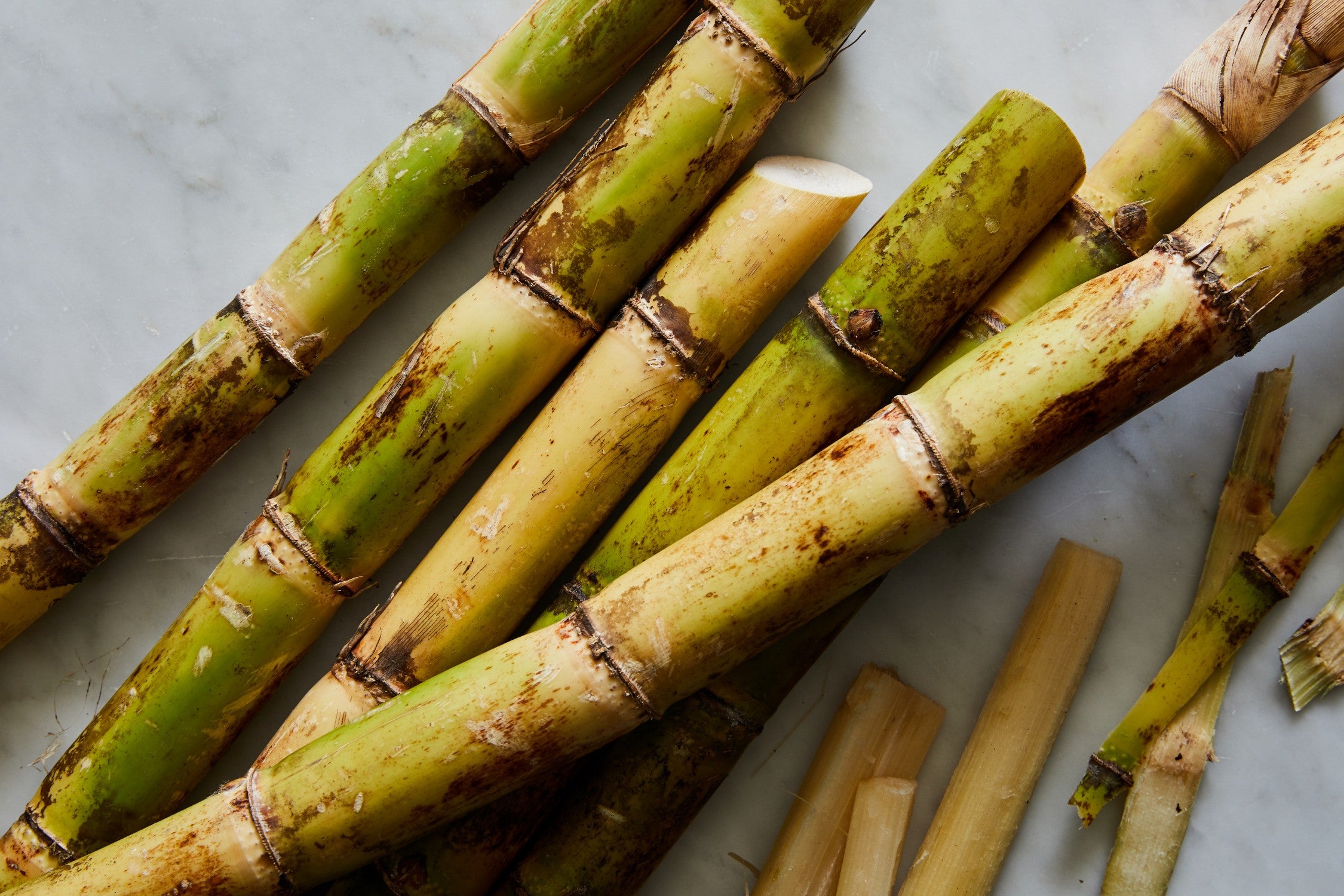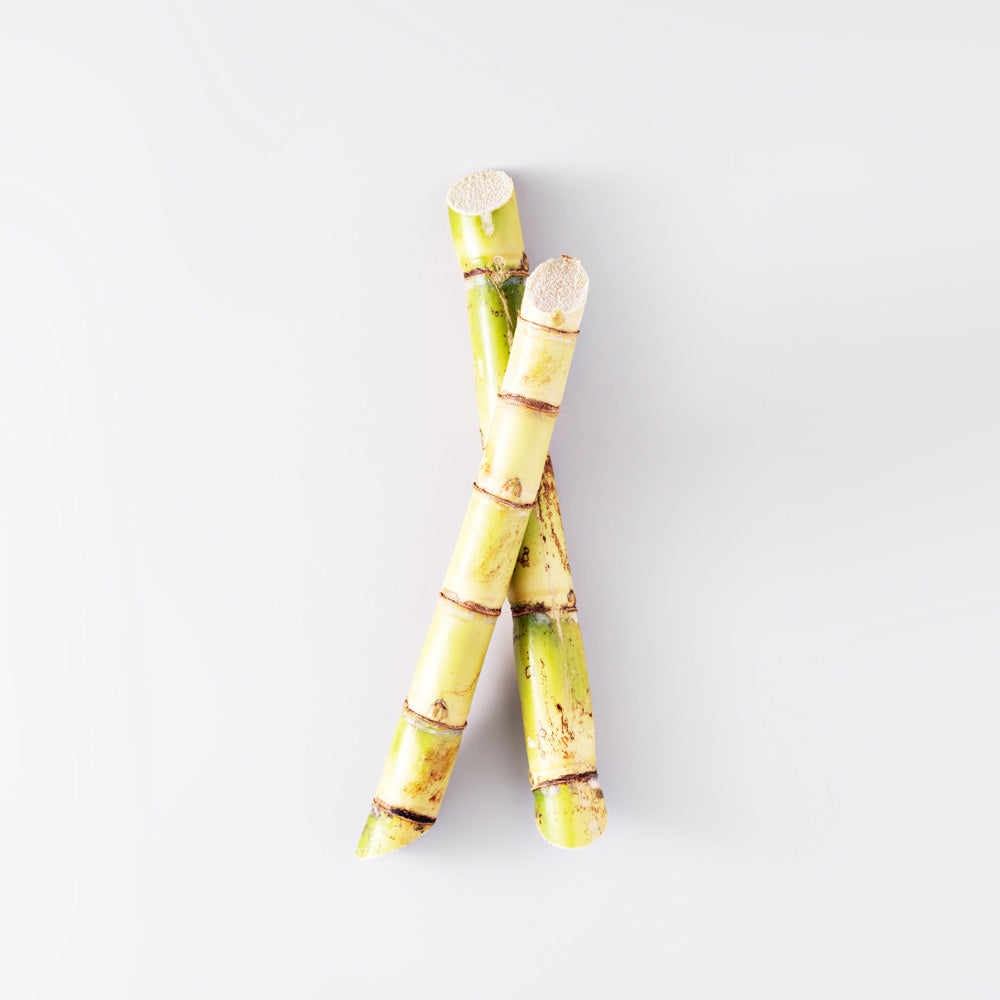Cane Sugar Processing: Trick Technologies for Superior Sugar Production
Cane Sugar Processing: Trick Technologies for Superior Sugar Production
Blog Article
Checking Out the Comprehensive Steps Associated With Cane Sugar Processing From Harvesting to Refinement
The procedure of walking cane sugar manufacturing incorporates a collection of detailed actions, beginning with the careful harvesting of sugarcane and culminating in the refinement stages that guarantee the final item satisfies sector requirements. Each phase, from the removal of juice to the filtration and condensation processes, plays an essential duty in identifying the top quality and character of the sugar.
Collecting Sugarcane
Collecting sugarcane is a crucial step in the cane sugar handling chain, as it directly influences the high quality and return of the final item. Appropriate timing and methods are important during this phase to guarantee optimum sugar content and decrease losses. Usually, sugarcane is gathered when it reaches maturation, typically 12 to 18 months after planting, identified by a high sucrose focus.

Post-harvest, the sugarcane should be refined swiftly to stop sucrose destruction. Ideally, collected walking stick needs to be transported to processing centers within 24-hour to maintain sugar high quality. For that reason, reliable logistical preparation is critical to preserve the integrity of the collected crop throughout the supply chain.
Removal Refine

The crushed cane undergoes a series of pressing operations to make best use of juice recovery. Normally, warm water is splashed onto the smashed cane, developing a countercurrent circulation that aids liquify the sugar while likewise helping in the extraction procedure. The juice collected from this operation consists of not only sugar however also different natural substances and impurities.

To enhance extraction efficiency, some facilities might utilize diffusion approaches, where the sugarcane is taken in warm water, permitting the soluble sugars to diffuse right into the fluid. The resulting juice, abundant in sucrose, is then routed to succeeding processing phases, laying the structure for purification and improvement. The removal process is thus critical in figuring out the top quality and yield of the final sugar item.
Filtration Methods
The filtration strategies employed in cane sugar handling are necessary for changing the raw juice into a premium sugar product. These techniques primarily intend to remove impurities, such as soil, plant products, and inorganic substances, which can adversely influence the end product's flavor and shade.
Among the most common purification methods is clarification. This process involves including lime and heat to the raw juice, which assists in the coagulation of impurities. The resulting precipitate is then gotten rid of through sedimentation or purification, yielding a more clear juice. Additionally, making use of phosphoric acid can boost the explanation procedure by further binding contaminations.
An additional substantial strategy is carbonatation, where carbon dioxide is presented to the made clear juice. This response creates calcium carbonate, which records staying contaminations and promotes their elimination.
Furthermore, triggered carbon therapy might be put on adsorb any staying colorants and natural pollutants, making sure an extra refined product. The mix of these approaches properly prepares the sugar juice for succeeding action in the refining procedure, establishing the stage for the manufacturing of top quality walking cane sugar.
Formation Techniques
After the filtration phase, the next vital step in walking cane sugar processing entails crystallization techniques, which play a critical role in changing the clarified juice into strong sugar. This process normally utilizes two primary techniques: spontaneous crystallization and regulated formation.
In spontaneous crystallization, supersaturated sugar remedies redirected here are enabled to cool down normally, leading to the development of sugar crystals over time. This approach allows for the consistent growth of sugar crystals and higher purity.
Throughout condensation, the cleared up juice is concentrated with evaporation, raising its sugar web content until it gets to supersaturation. Once this point is accomplished, either technique can help with the crystallization process. Cane Sugar Processing. The resultant sugar crystals are then separated from the staying syrup through centrifugation
Eventually, the selection of formation approach impacts the quality, size, and pureness of the final sugar item, making this action vital in the total cane sugar processing procedure.
Improvement and Product Packaging
Exactly how can the purity and top quality of walking stick sugar be additionally enhanced after crystallization? The refinement procedure plays a crucial function in attaining top notch cane sugar. Complying with formation, sugar undertakes a detailed washing to eliminate impurities and residual molasses. This is normally achieved using cozy water or steam, which aids liquify and remove unwanted aspects while maintaining the sugar crystals.
Next, the sugar goes through a procedure called centrifugation, where it is spun at broadband to divide the purified sugar crystals from the remaining liquid. After centrifugation, the sugar is my company commonly further refined with a technique called carbonization or phosphatation, which utilizes triggered carbon or phosphoric acid to remove shade and off-flavors.
Once improved, the sugar is dried to accomplish the desired dampness content, guaranteeing that it remains secure during storage and transportation. The final action includes product packaging the refined sugar in airtight and moisture-proof containers to preserve its high quality and avoid contamination. Cane Sugar Processing. Proper packaging not just expands rack life but likewise helps with simple handling and distribution, guaranteeing that consumers receive sugar that meets the greatest standards of pureness and top quality
Final Thought
The detailed actions included in walking stick sugar handling, from the he has a good point careful harvesting of sugarcane to the elaborate refinement and packaging phases, highlight the value of each phase in ensuring top notch sugar production. Ideal harvesting methods, effective extraction techniques, and rigorous filtration procedures collectively contribute to the end product's pureness and stability. The condensation and subsequent product packaging techniques even more improve the integrity and service life of the sugar, highlighting the intricacy and precision fundamental in this essential agricultural market.
The process of walking cane sugar manufacturing encompasses a collection of complex steps, starting with the cautious harvesting of sugarcane and finishing in the refinement stages that make certain the final product meets sector requirements. Ideally, harvested walking stick must be carried to refining centers within 24 hours to maintain sugar high quality.In spontaneous condensation, supersaturated sugar options are allowed to cool down naturally, leading to the formation of sugar crystals over time - Cane Sugar Processing. The refinement process plays a critical duty in accomplishing high-grade walking stick sugar.The thorough steps included in walking cane sugar processing, from the precise harvesting of sugarcane to the detailed refinement and product packaging phases, underscore the relevance of each phase in ensuring premium sugar manufacturing
Report this page